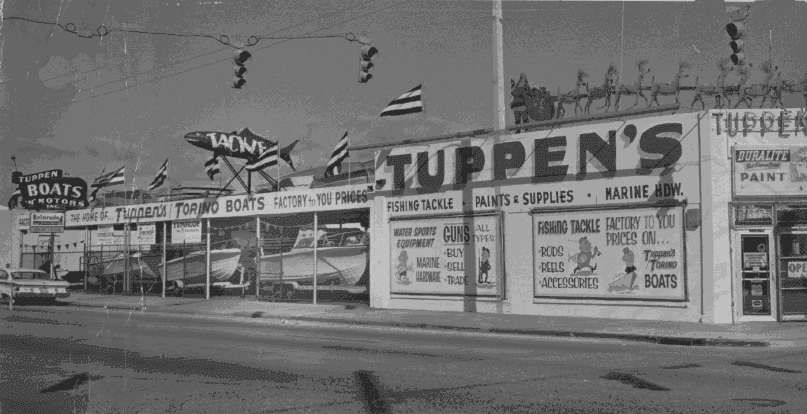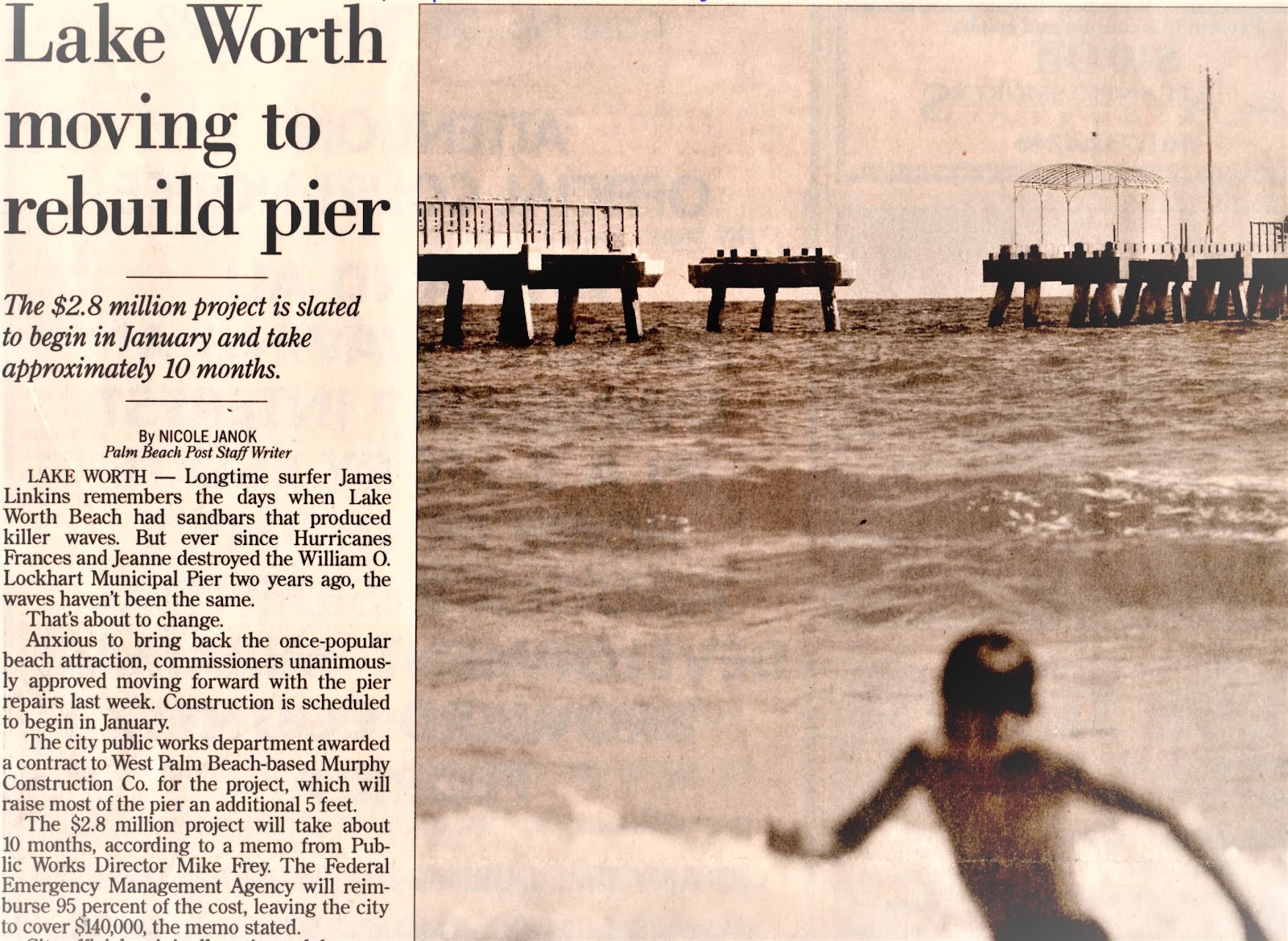Briefly, when you’re finished reading the blog post below consider this for a moment or two:
What’s one of the major reasons why so many people think buying a house or condo in a place called Westlake or far out west in Palm Beach County is a good idea?
Because of another fear. Crime.
That’s why, for potential home buyers, cities like Lake Worth Beach and Greenacres are not on the top of their list. But if home buyers actually knew more about all the great things happening in the City of Greenacres they would most certainly pause and think for a while. And then there is this truly wonderful news about crime in Lake Worth Beach.
But western sprawl continues unabated. . .
However, continue reading to learn why the societal problems you’re trying to avoid by moving out west are going to show up on your front door soon enough.
But by then you’ll be stuck in a house worth pennies on the dollar and wish like hell you lived in a coastal city like Lake Worth Beach.
But you ended up buying that property in Westlake or in the agrihood of Arden anyhow. Why? Because you read stories like this one in The Palm Beach Post.
And worse yet. You believed it.
But anyhow. . .
Reasoning for abandoning our inner cities and the lure of suburban shopping malls in the 1950s: Preparation for nuclear war?
Sounds crazy?
Below are two articles I would like to share about the typical suburban shopping mall. They were once a “driving” reason for the decline of downtown shopping areas and traditional City business districts. The dependence on the automobile as the primary transportation mode during the second half of the 20th Century coupled with low-density suburban residential development (aka, “suburban sprawl” and “White Flight”) enabled and fueled this process.
Now it’s the shopping malls’ turn to decline in the face of headwinds no one could have imagined 50–60 years ago: Millennials’ housing choices, the resurgence of inner cities, online shopping alternatives, new transportation options, and the public now eschewing all that once-comfortable blandness not to be found in walkable downtown areas like Lake Worth Beach has become.
This first article is more of the typical anti-suburban sprawl narrative we are oft-accustomed to hearing in the planning profession. This second article traces the beginnings of the suburban shopping mall as part a reaction to the Cold War and the fear of nuclear attack from the former Soviet Union.
Early mall locations were placed outside an 8-mile-radius from the larger, central urban cores. That would put these sites outside the predicted “blast zone” should an attack occur. Malls were designed so that anchor stores could be converted to hospitals and stores could become dispensaries for food and other supplies.
I think the apocalyptic world vision of post-WWII has faded some since the 1950s. But it is interesting to wonder where we would be now had we actually needed to use these shopping malls for another purpose: Civil Defense following a nuclear attack.
One more thing. How many people actually believed living outside that ‘8-mile-radius’ would have saved them from the ‘blast’ and fallout back in the 1950s?
Like now in the present day, that living 8 miles west of Lake Worth Beach will keep them safe from crime?
Whilst the urban myths continue a lot of people are having a lot of fun in Lake Worth Beach!
Early mall locations were placed outside an 8-mile-radius from the larger, central urban cores. That would put these sites outside the predicted “blast zone” should an attack occur. Malls were designed so that anchor stores could be converted to hospitals and stores could become dispensaries for food and other supplies.
I think the apocalyptic world vision of post-WWII has faded some since the 1950s. But it is interesting to wonder where we would be now had we actually needed to use these shopping malls for another purpose: Civil Defense following a nuclear attack.
One more thing. How many people actually believed living outside that ‘8-mile-radius’ would have saved them from the ‘blast’ and fallout back in the 1950s?
Like now in the present day, that living 8 miles west of Lake Worth Beach will keep them safe from crime?
Whilst the urban myths continue a lot of people are having a lot of fun in Lake Worth Beach!





